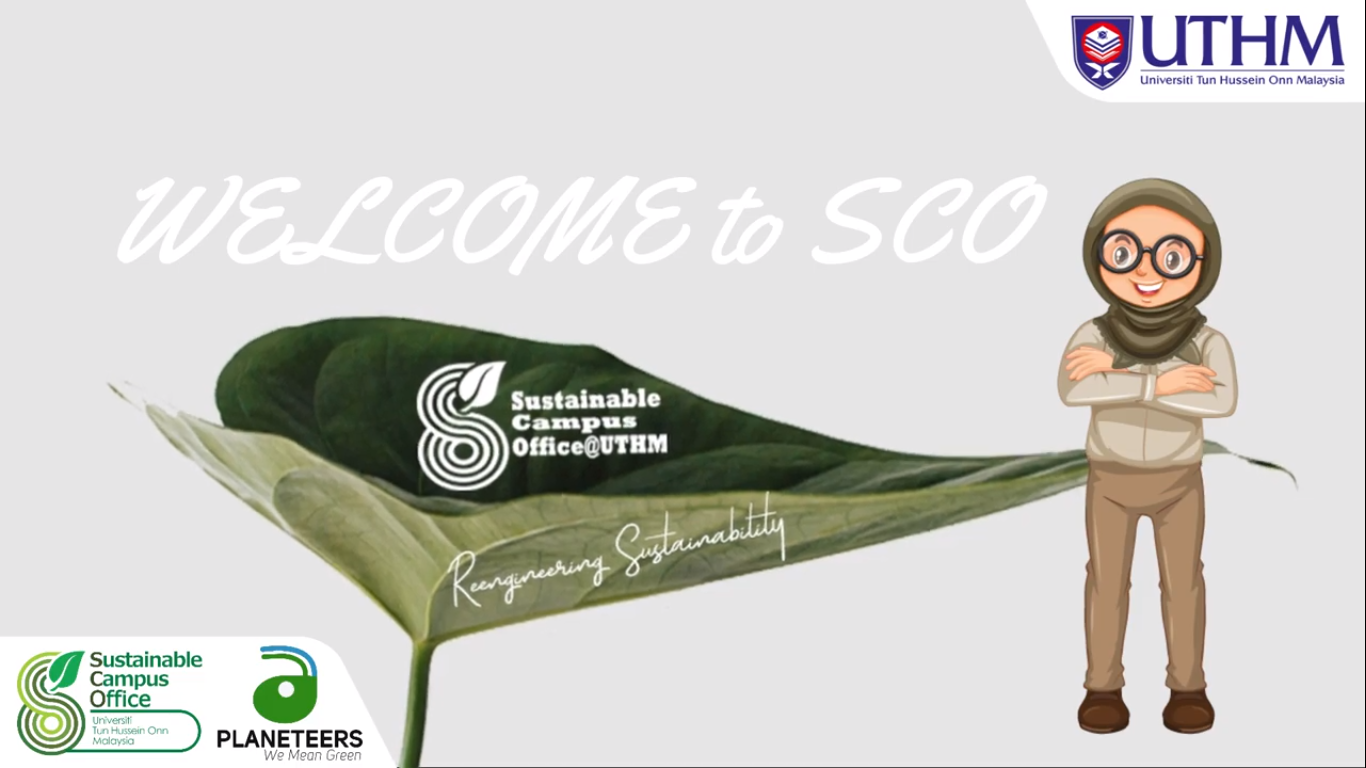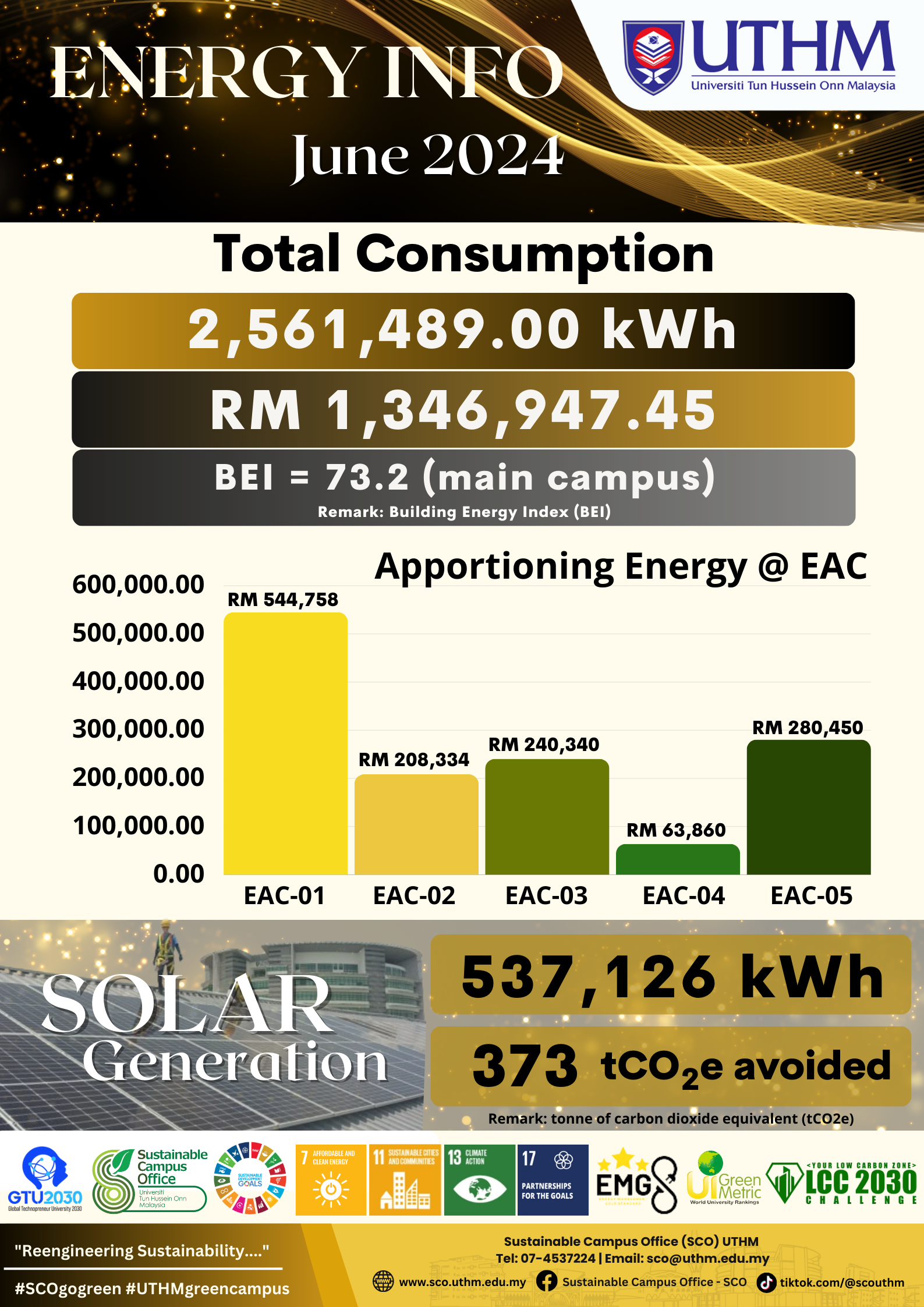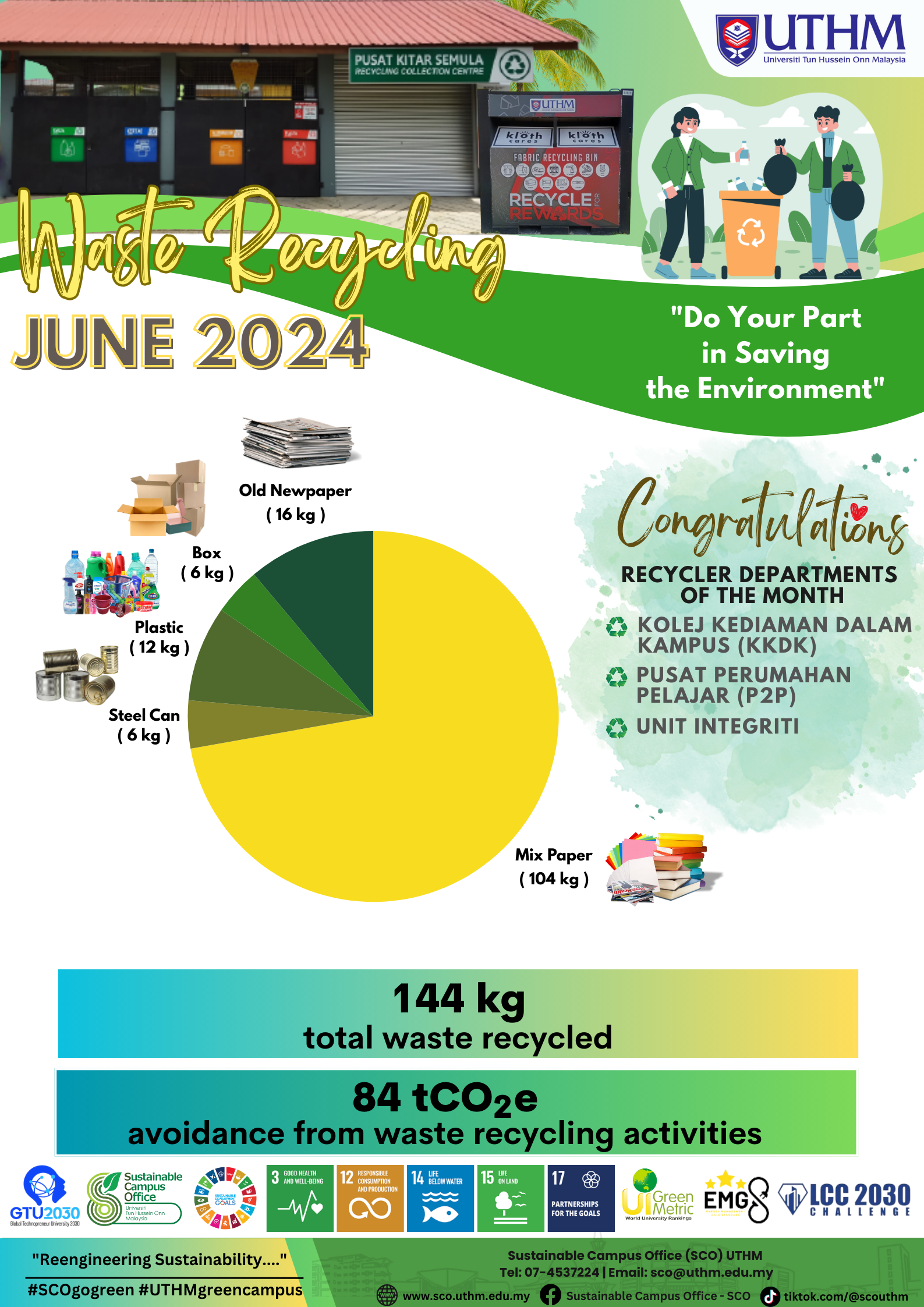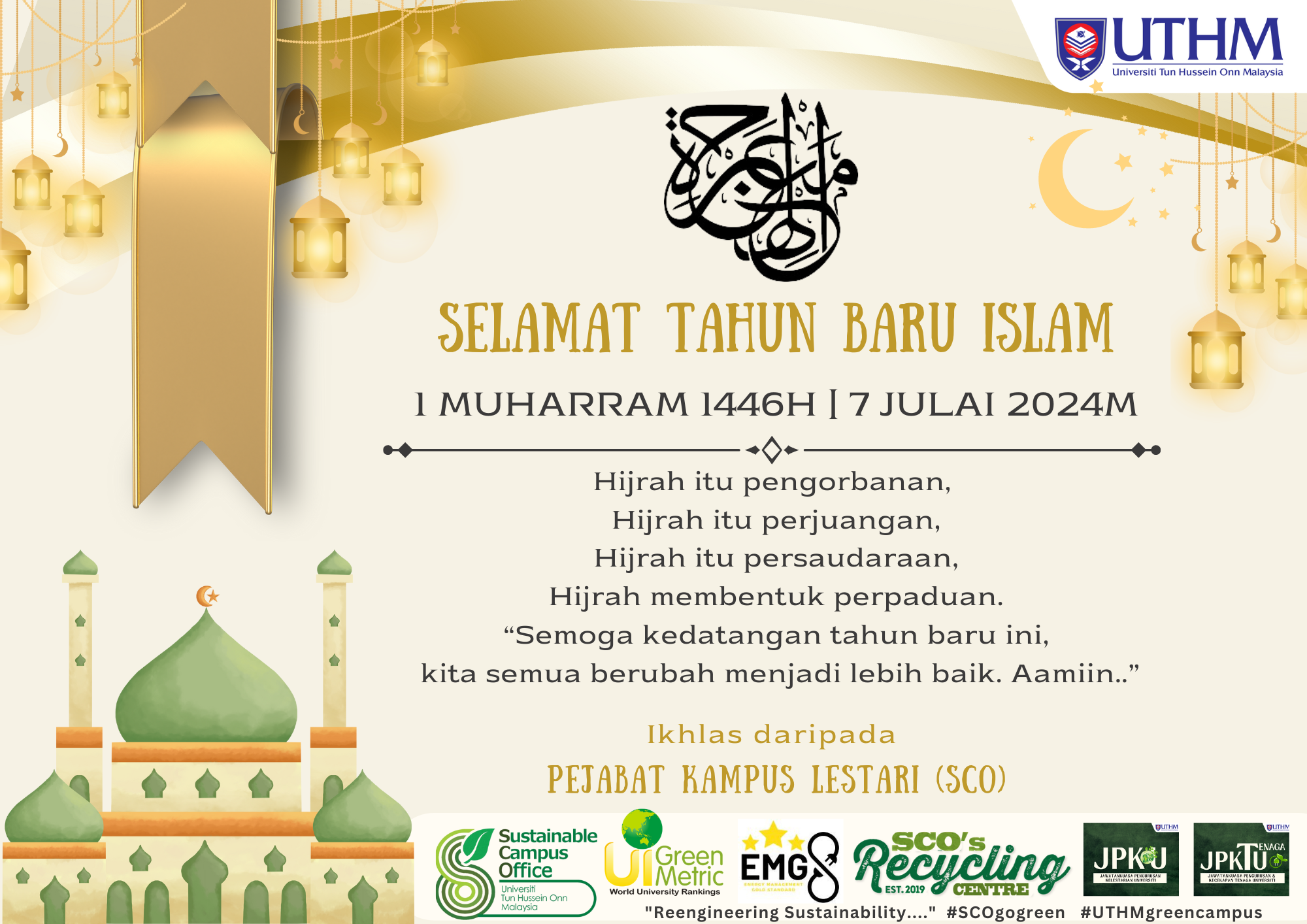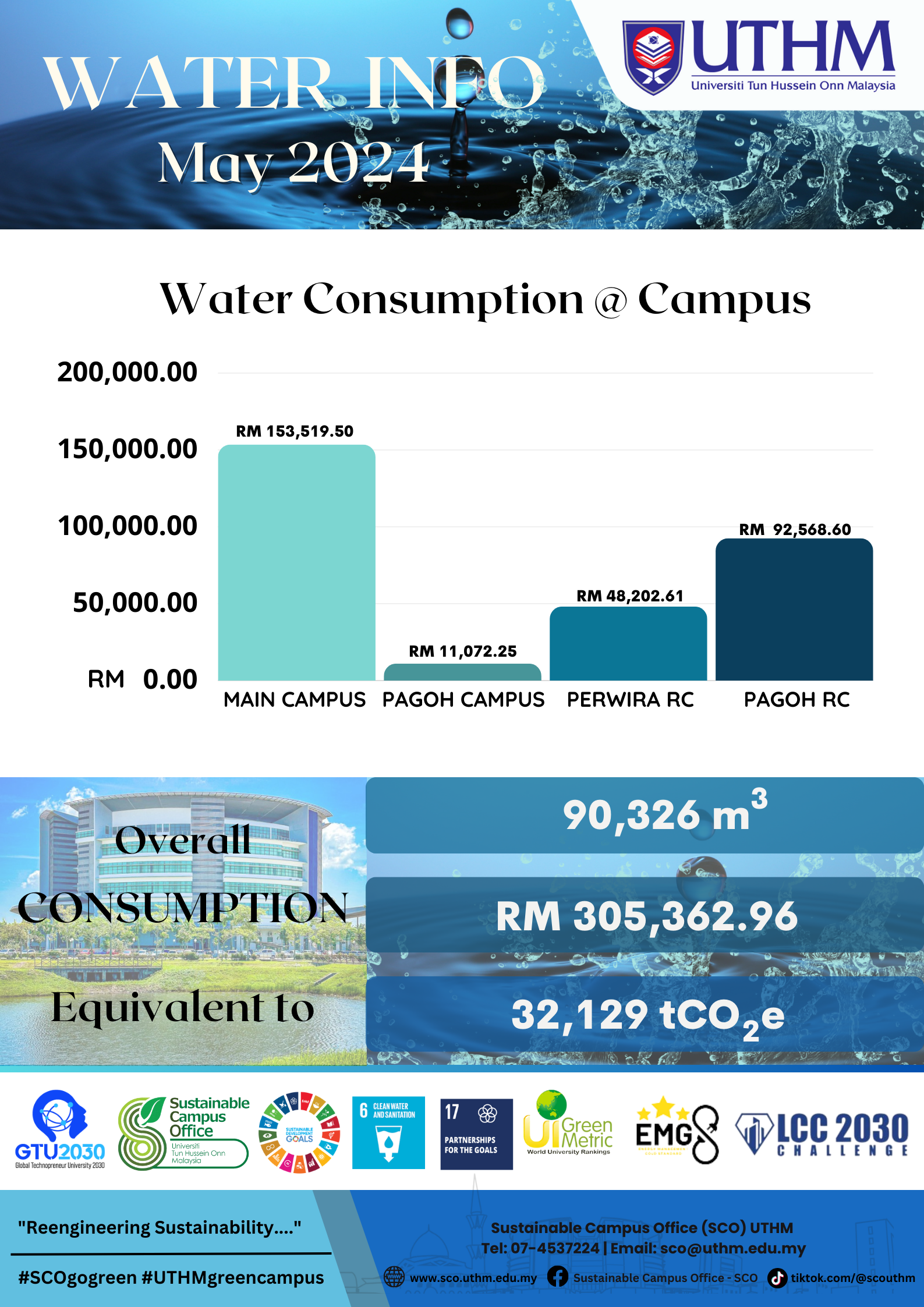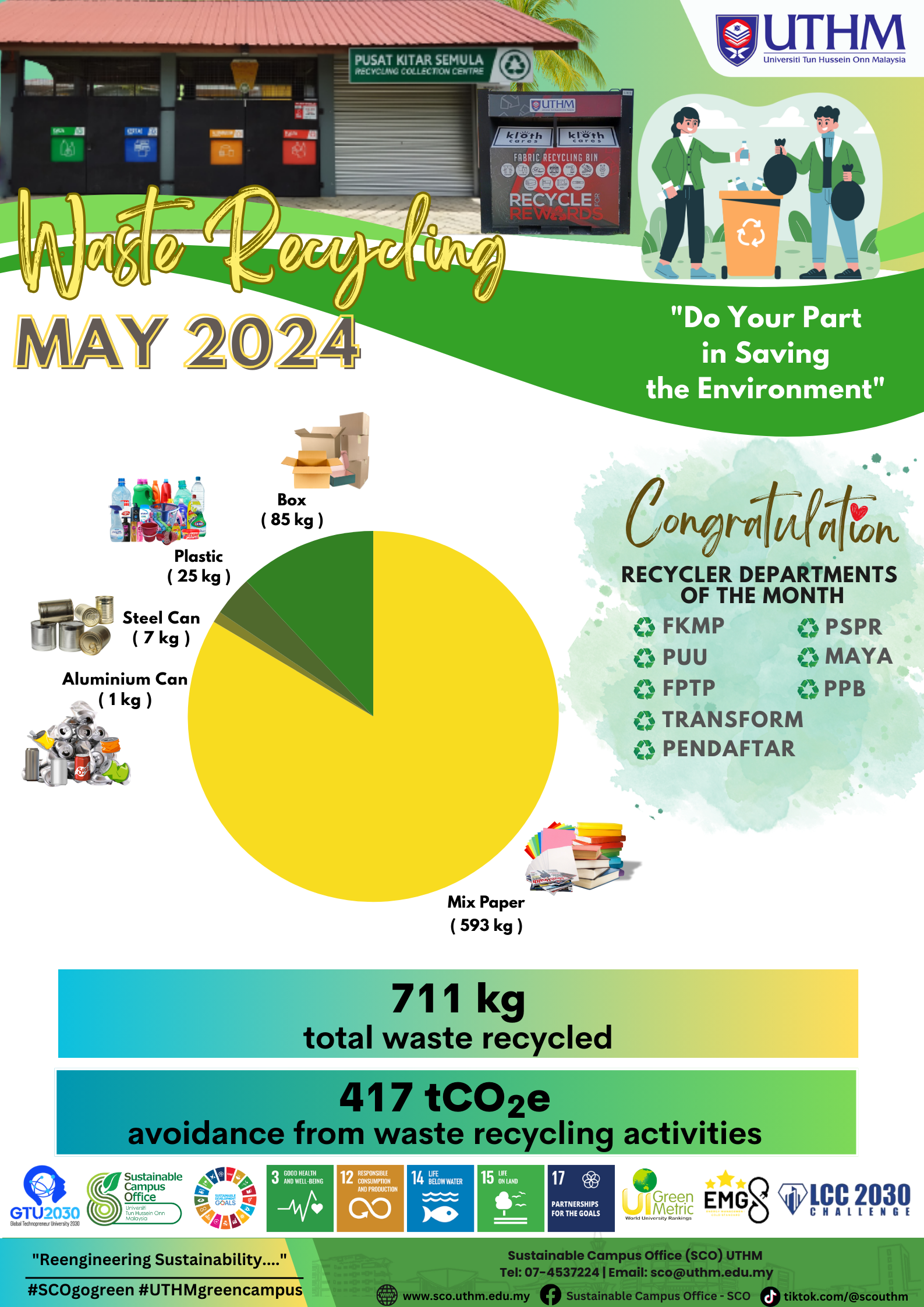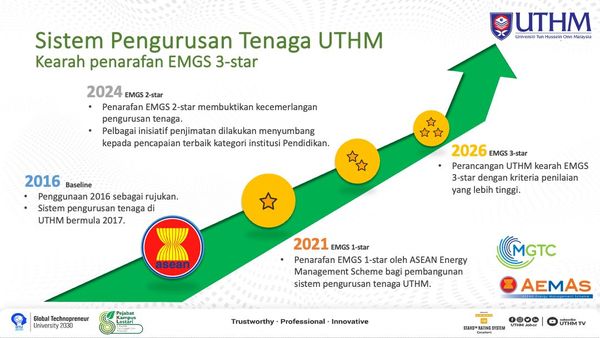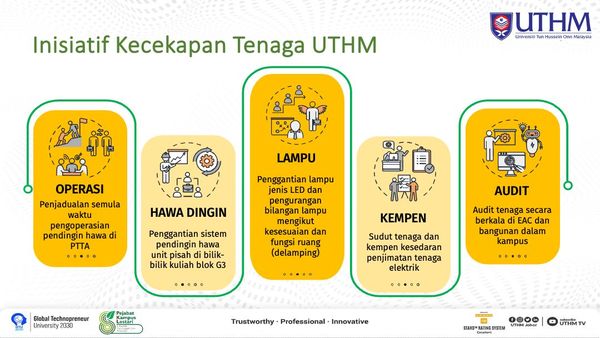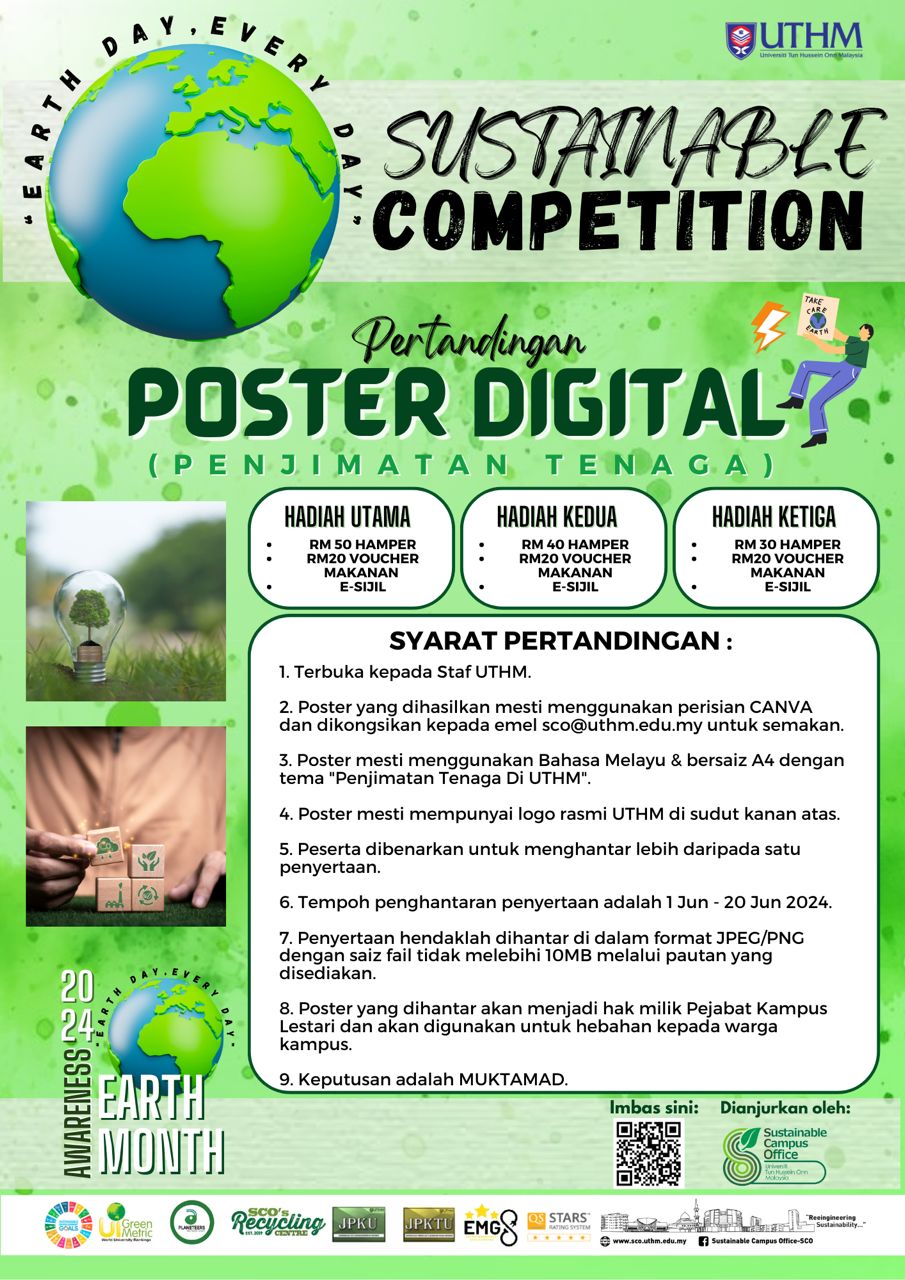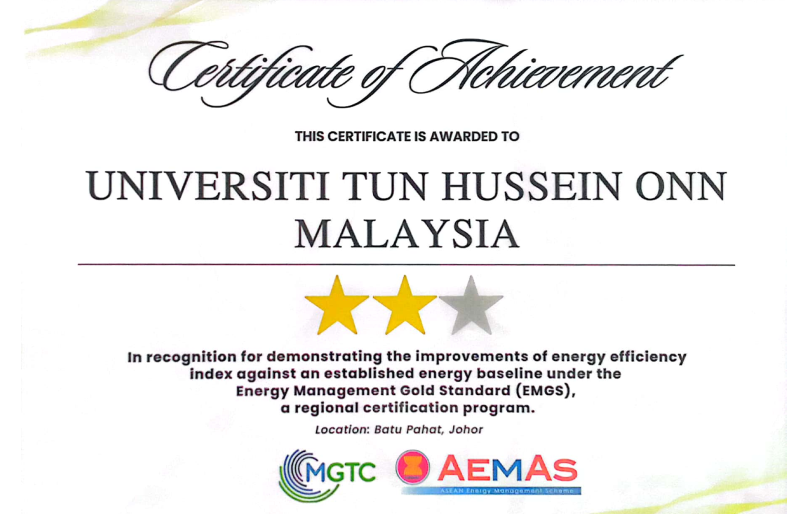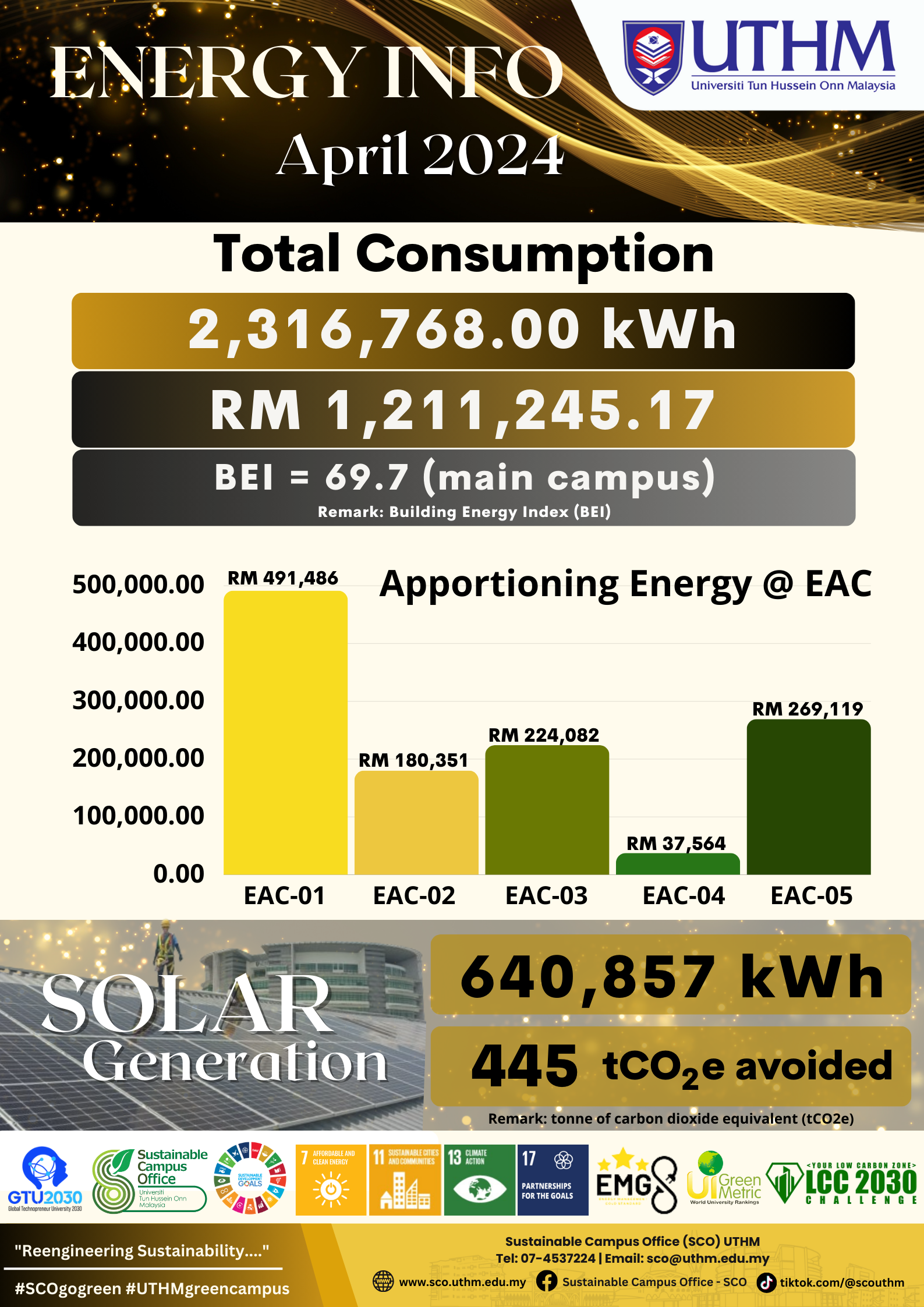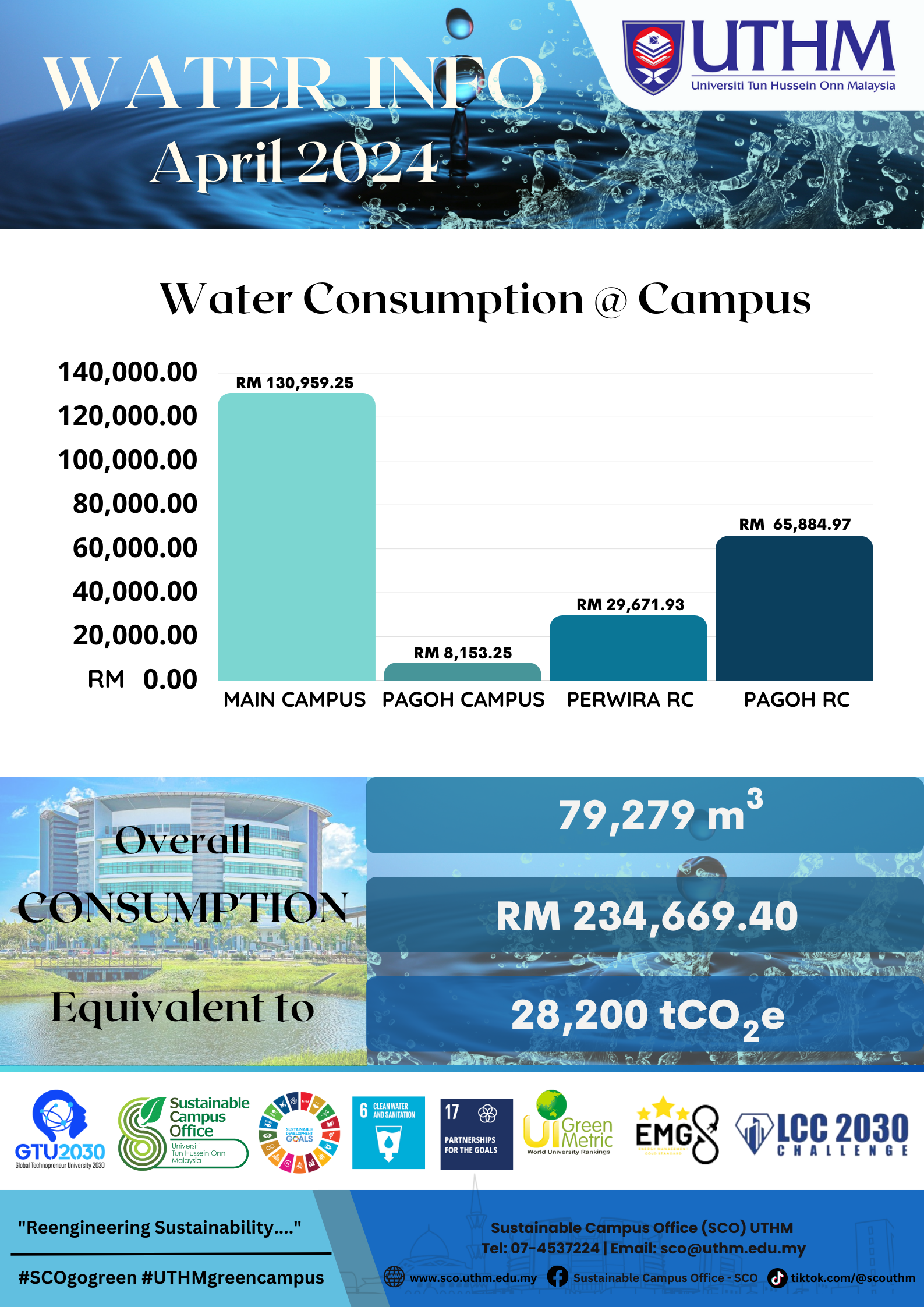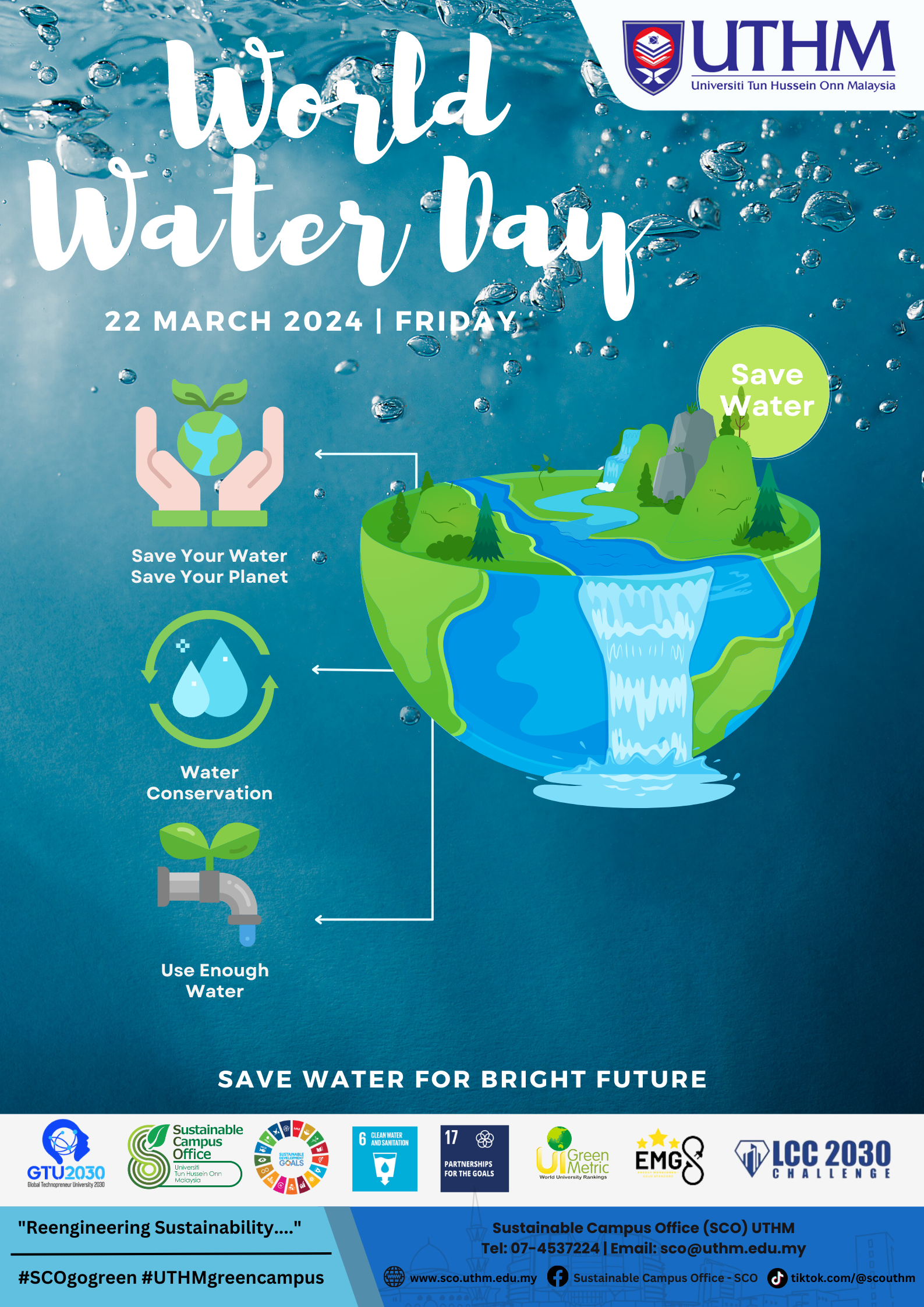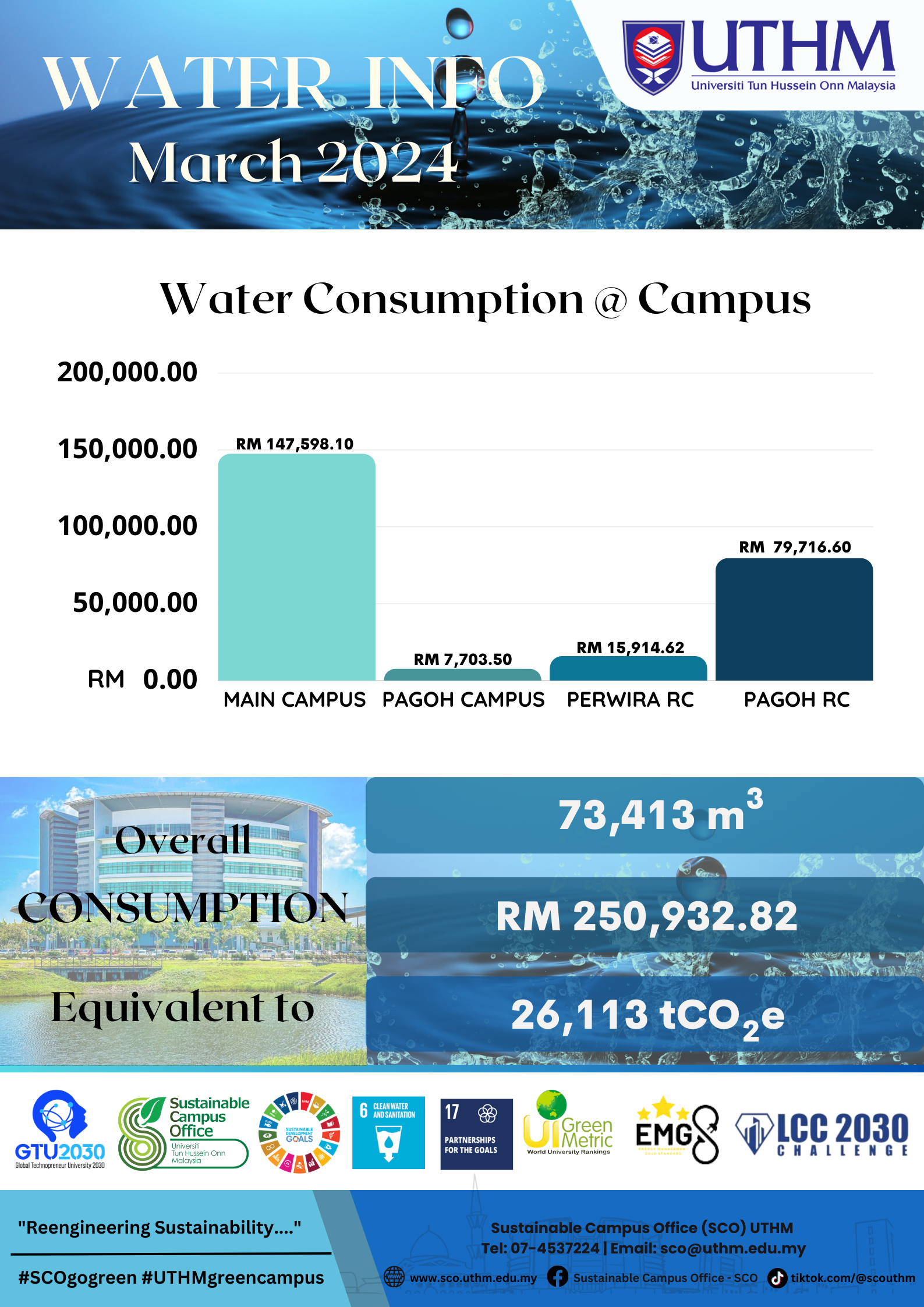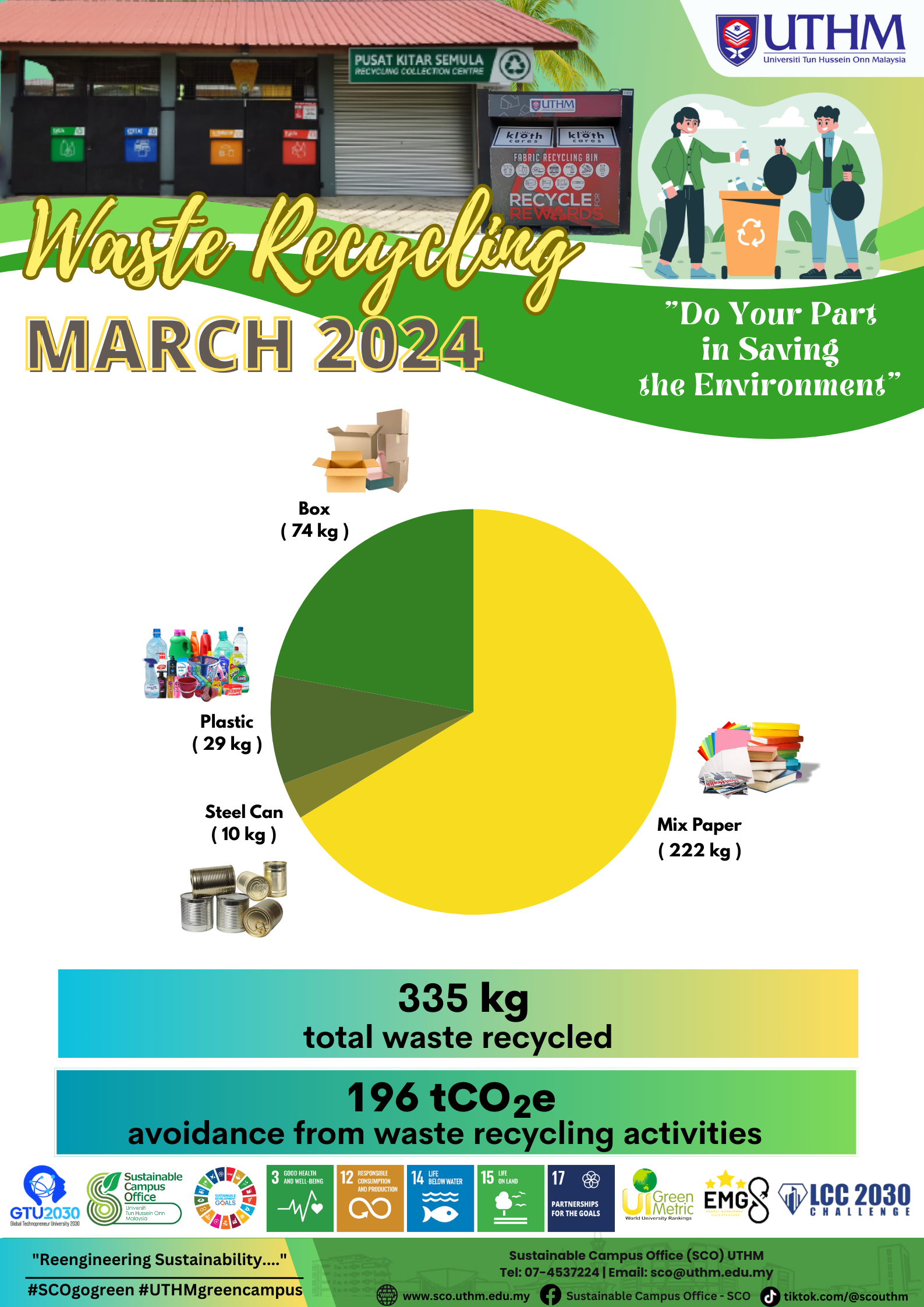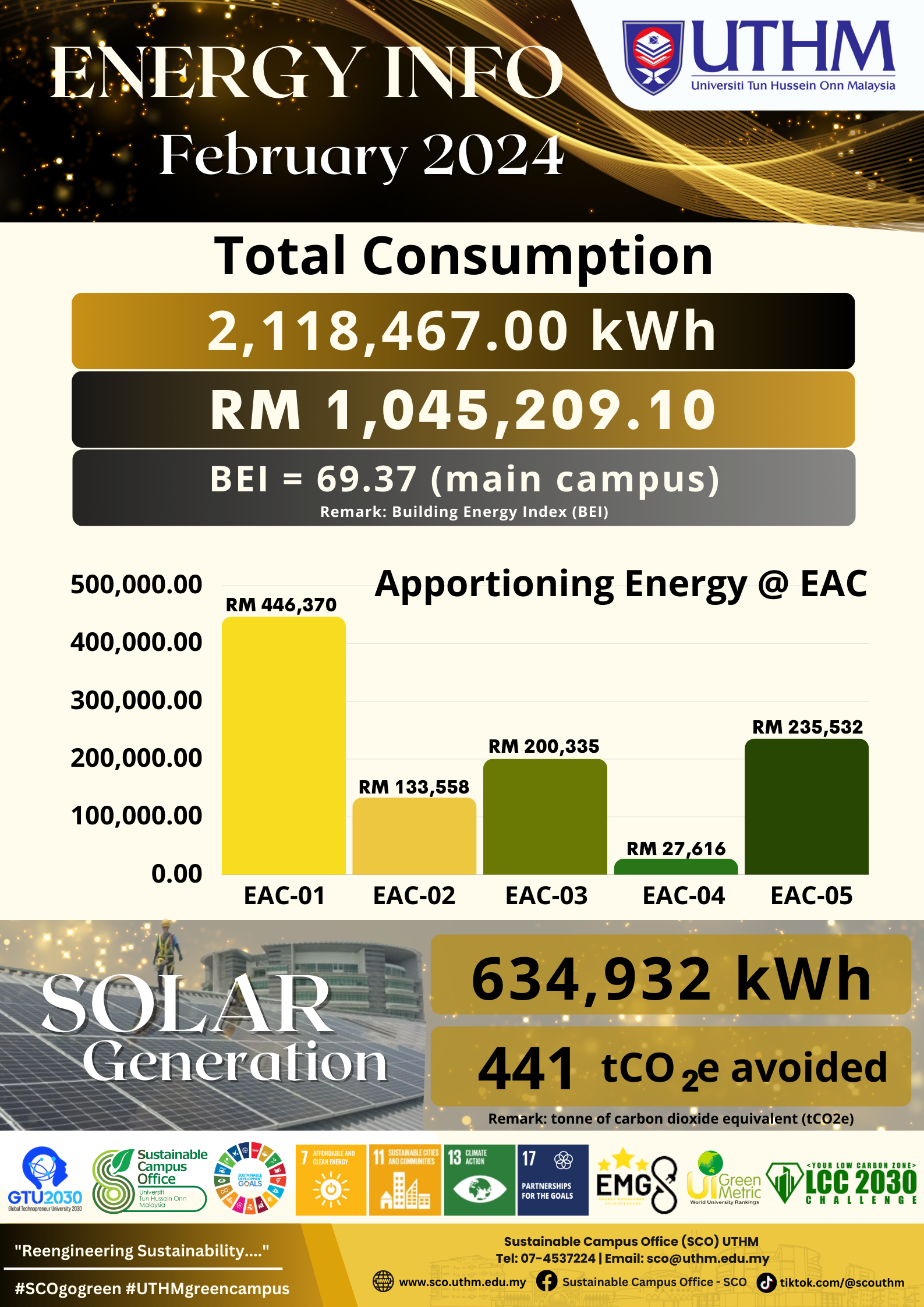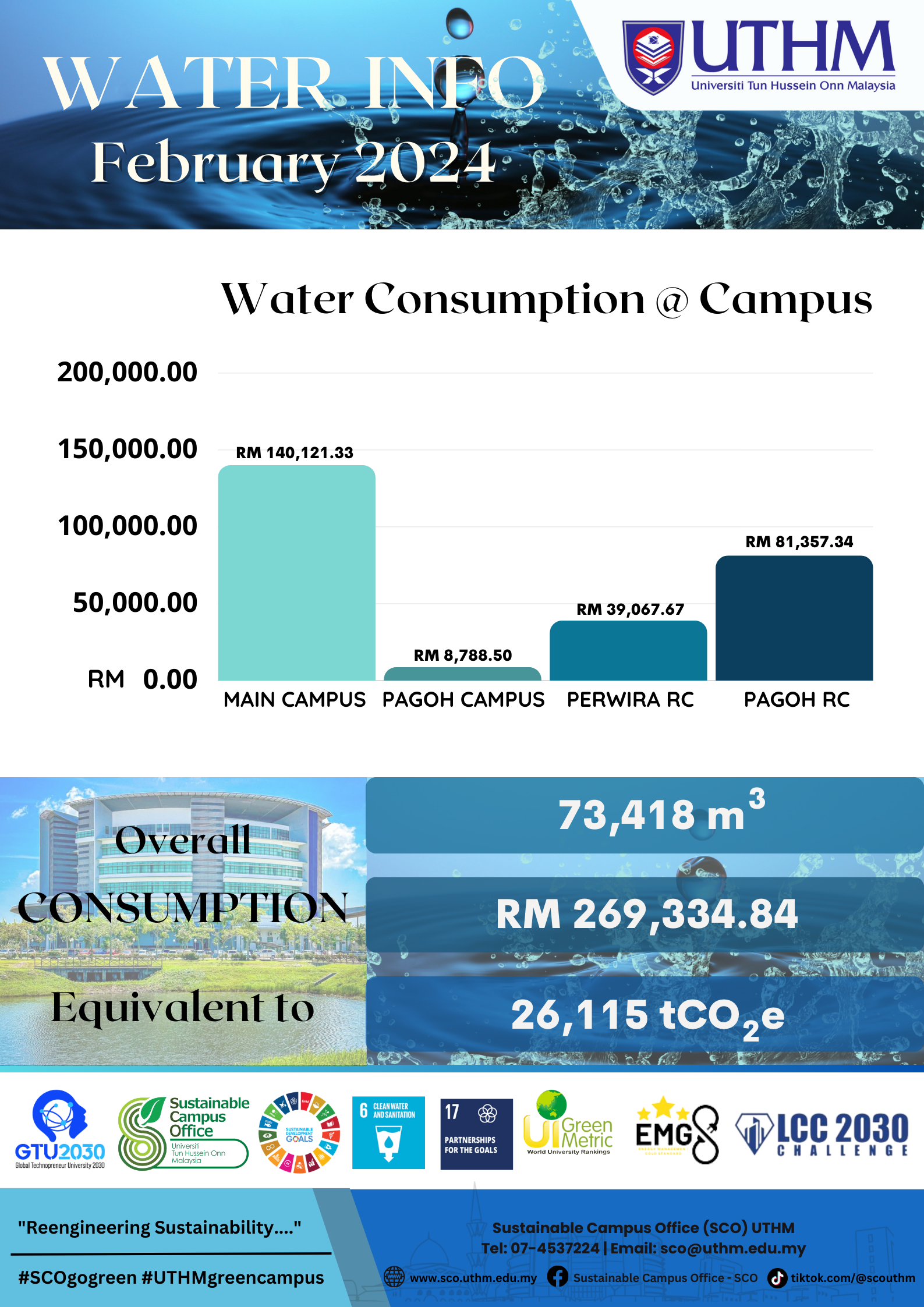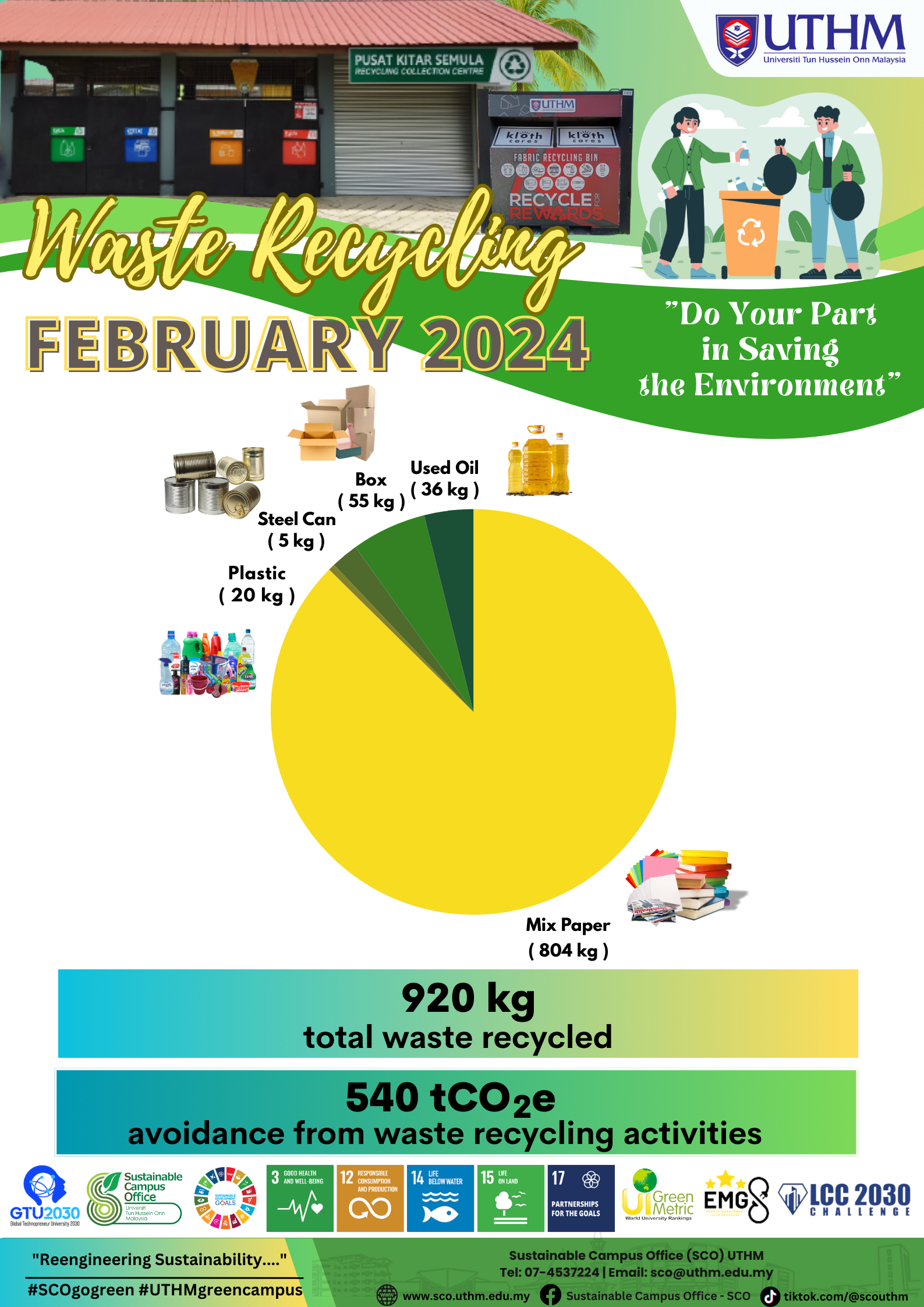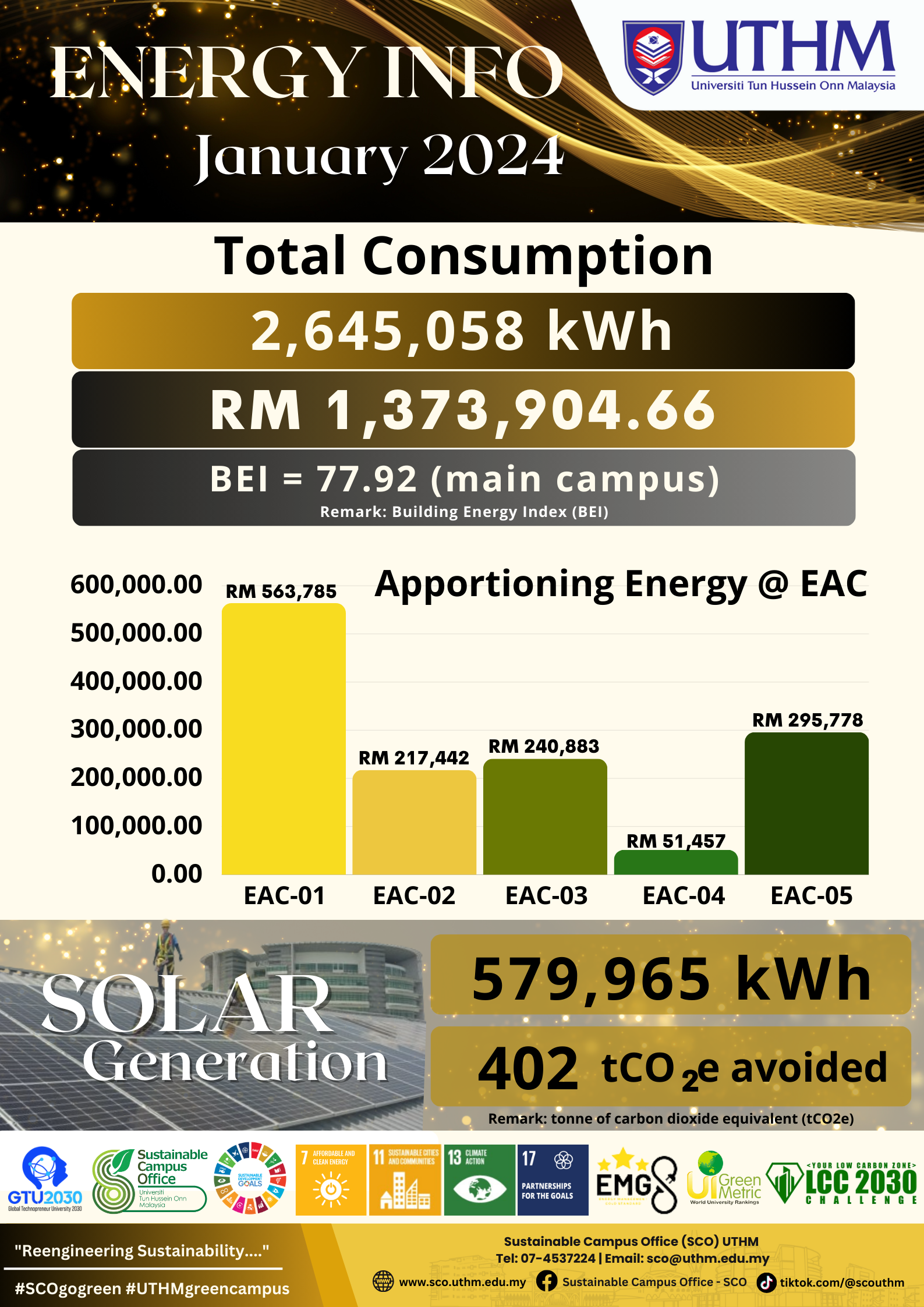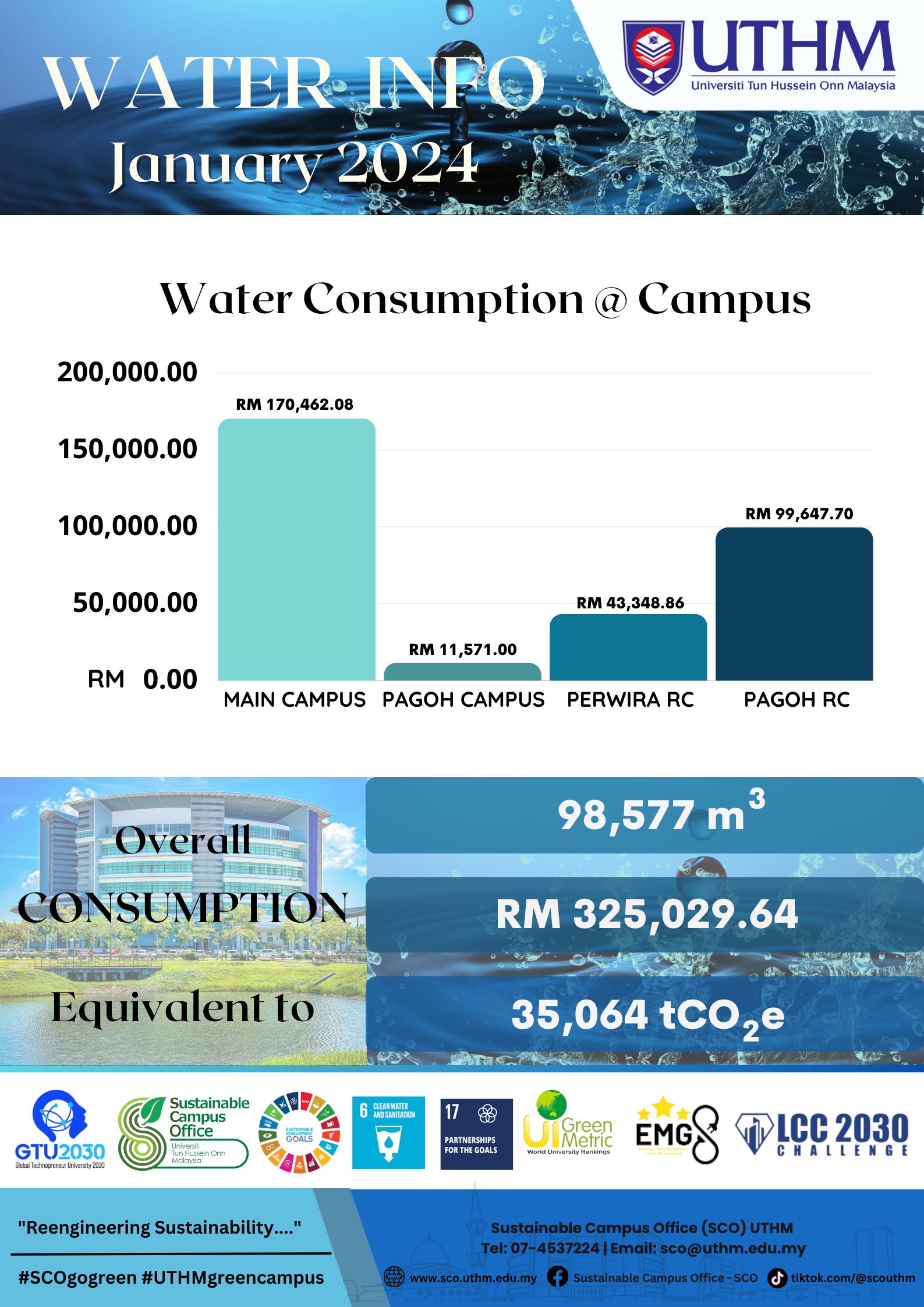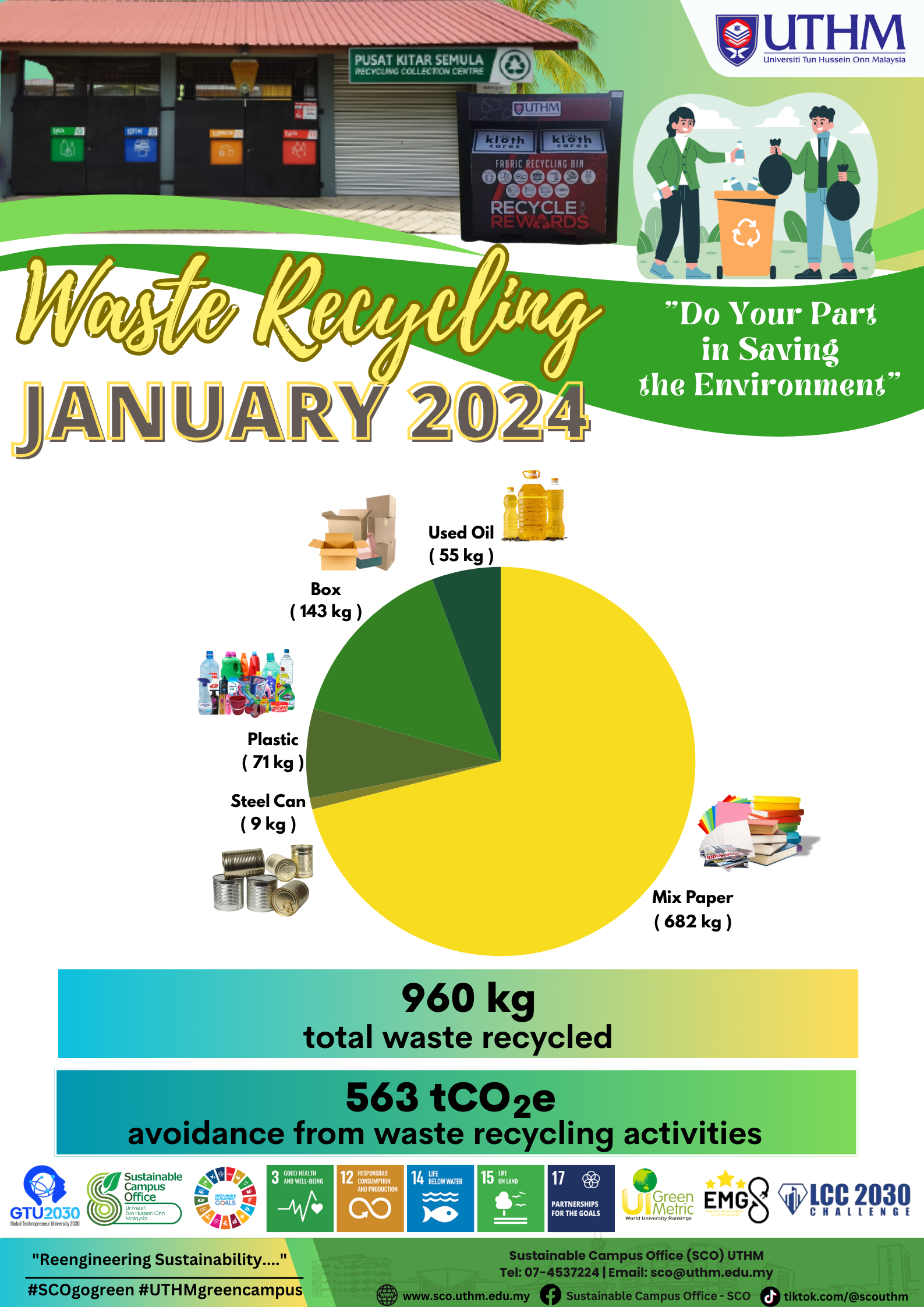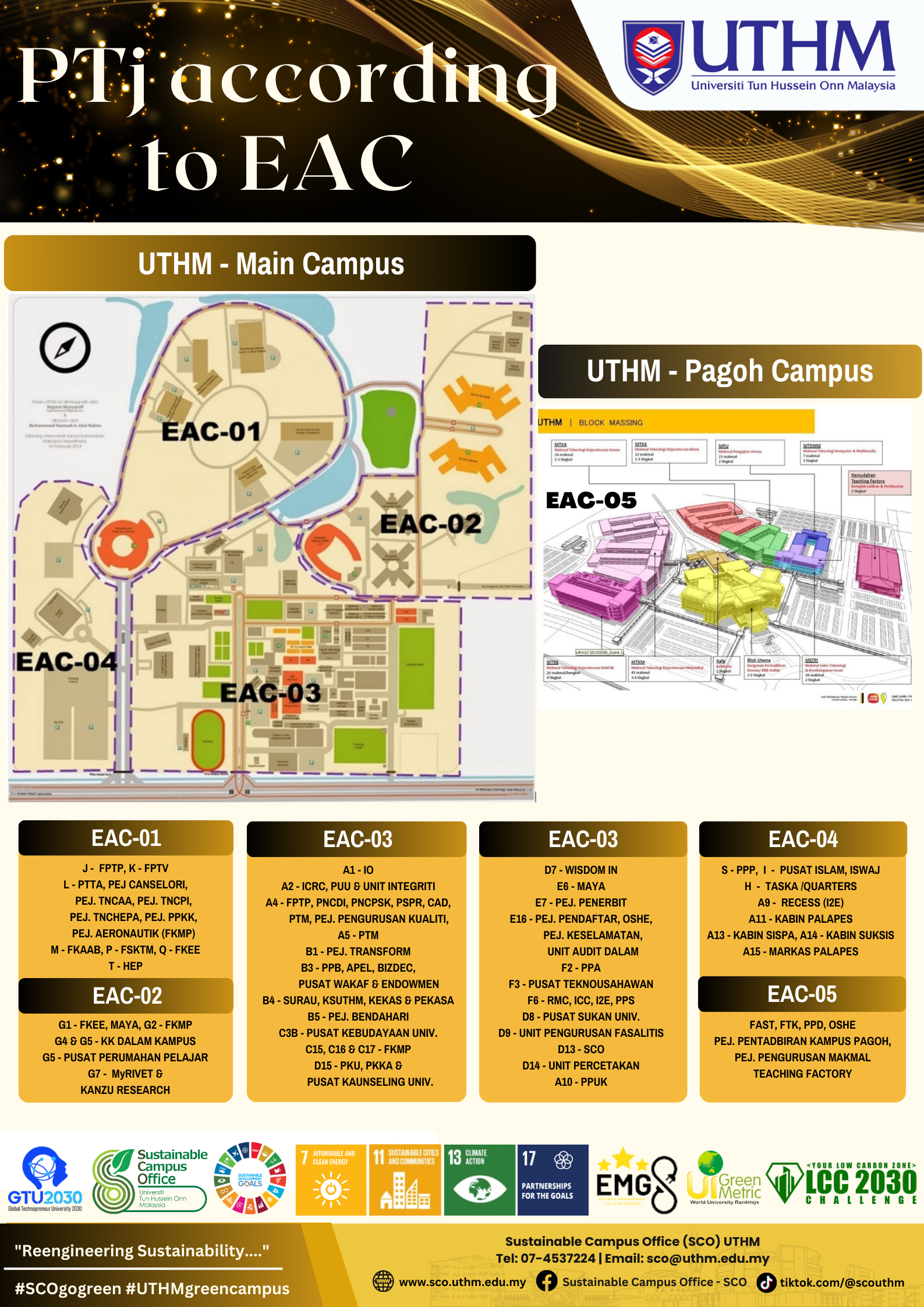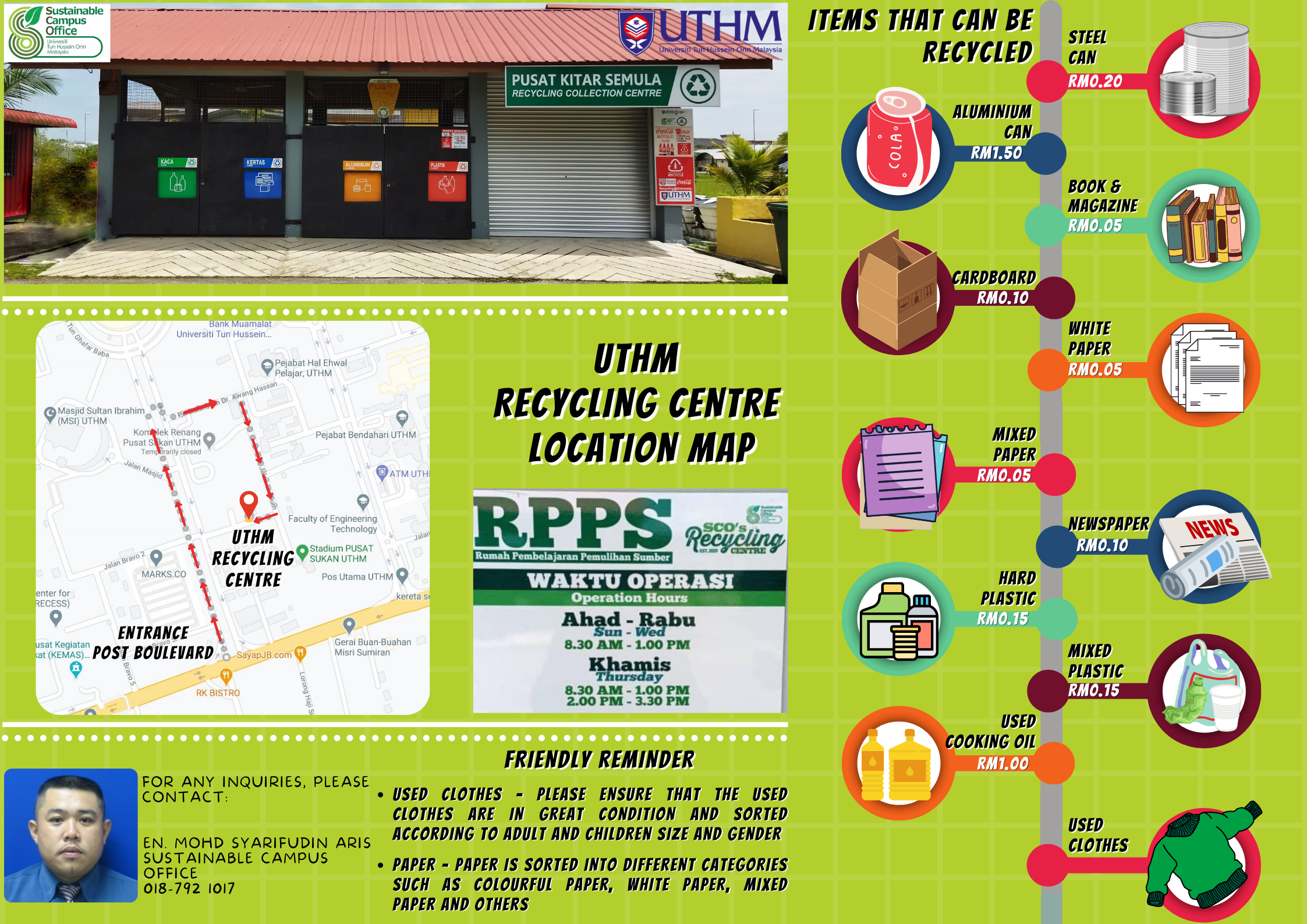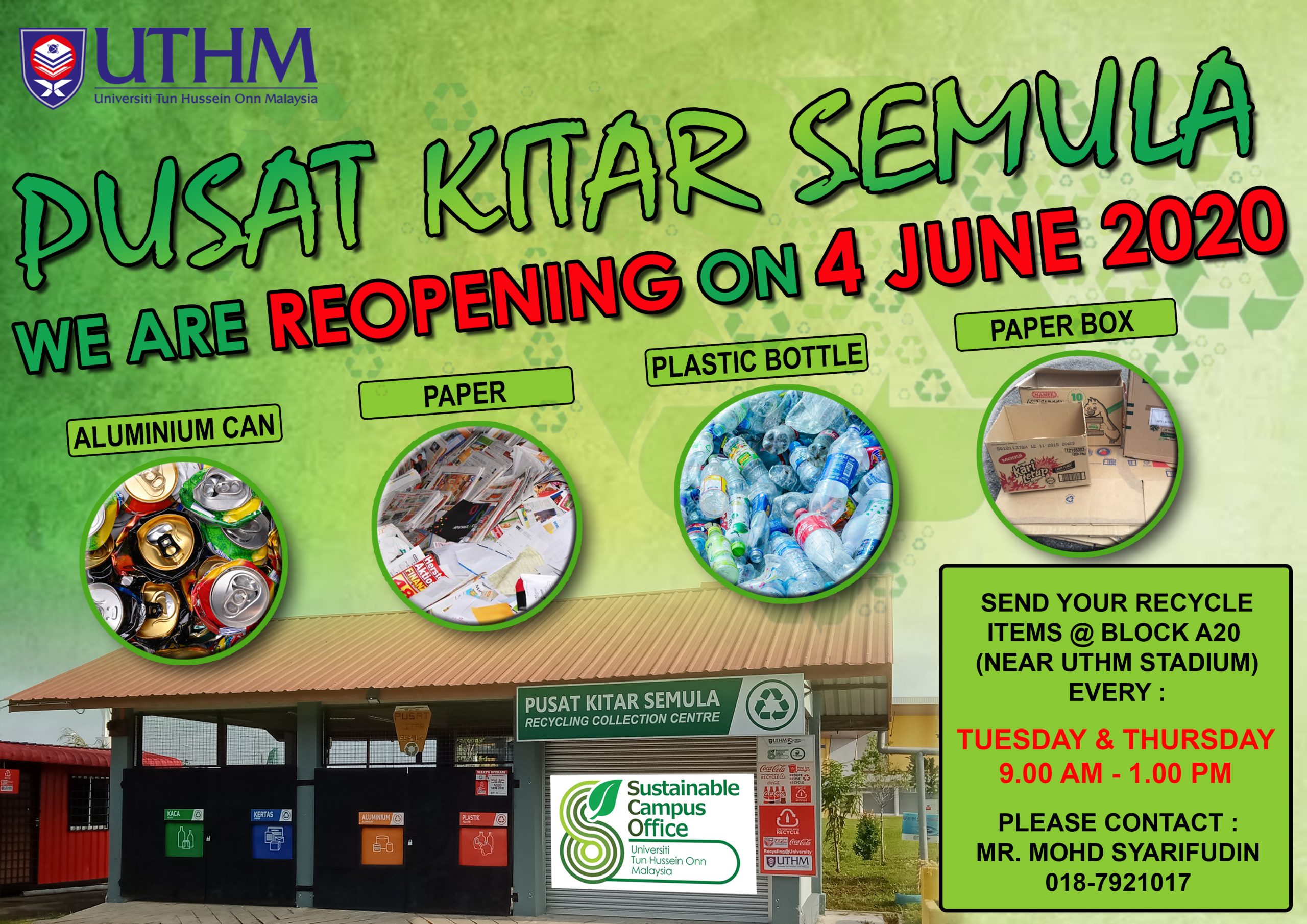Air and Water Quality Improve during MCO
 Malaysia recorded an overall improvement in air and water quality during the first four weeks of the Movement Control Order (MCO) from March 18 to April 14. -NSTP/ASYRAF HAMZAH
Malaysia recorded an overall improvement in air and water quality during the first four weeks of the Movement Control Order (MCO) from March 18 to April 14. -NSTP/ASYRAF HAMZAHBy: Veena Babulal
KUALA LUMPUR: Malaysia recorded an overall improvement in air and water quality within the first four weeks of the Movement Control Order (MCO), from March 18 to April 14.
Environment and Water Minister Datuk Tuan Ibrahim Tuan Man said Air Pollutant Index levels dipped by 14 per cent to record a “clean index”, while 28 per cent of its 29 automatic water monitoring stations’ readings showed a real-time improvement in water quality.
He said analyses done on particles in the Klang Valley found that leading pollutant contributors were on a downtrend during the period compared to the readings taken from March 1 to March 17.
Its levels of Sulfur Dioxide (SO2) and particles under 2.5 micron (PM2.5) dipped by 27 per cent and 29 per cent, respectively, while Carbon Monoxide (CO) and Nitrogen Dioxide (NO2) levels dipped by 49 per cent and 70 per cent, respectively.
“Other major cities and towns also showed similar dips in pollutants as the overall findings show a 26 per cent decrease in particle levels under 2.5 micron (PM2.5), followed by 31 per cent for carbon monoxide, 40 per cent dip for sulfur dioxide and a 61 per cent for nitrogen dioxide levels,” Tuan Ibrahim said in a press statement.
The readings were taken from 65 air quality monitoring stations nationwide.
He said the Department of Environment’s monitoring had found air quality status in all 25 stations in Pasir Gudang, Johor, which is known to be areas emitting toxic gas, as “stable”.
All 25 stations had Total Volatile Organic Compound (TVOC) readings of normal or below alert levels at 1 ppm (part per million).
“This reduction in the air pollutant index especially in major cities is due to the drastic decrease in activities that lead to the emission of air pollutants such as the cutback on the use of motorised vehicles, industrial stack emission and open burning.”
Tuan Ibrahim further said that eight of the 29 water monitoring stations improved in water quality when compared to readings taken from August 18, 2019 to March 17, 2020. Another eight did not show any apparent changes while 49 per cent or 13 stations actually marked a slight decline in quality.
The stations that recorded an improvement in quality were the stations of Sungai Linggi, Sungai Muar, Sungai Johor and Sungai Pahang, Sungai Kuantan, Sungai Besut, Sungai Kelantan and Sungai Batang Sadong.
He also said that there was a decrease of around 50 per cent in rubbish collected from booms in Sungai Klang compared to in 2017 and 2018. In February to March 2018, rubbish collected in the boom was 21 m3 and 18 m3 for the year before.
Meanwhile the rivers that remain unchanged are Terusan Mada, Sungai Perak, Sungai Langat, the Klang River, Sungai Muar(another stretch from above), Sungai Kesang, Sungai Paka and Sungai Tuaran.
While the rivers that have showed a slight decline in quality are stretches of Terusan Mada, Sungai Muda, Sungai Kulim, Sungai Bogak, Sungai Semenyih, Sungai Labu, Sungai Langat(another stretch from the above), Sungai Muar’s(a different stretch from the above two) , Sungai Melaka, Sungai Segamat, Sungai Skudai, Sungai Sarawak and Sungai Moyog.
Based on the readings, it is understood that there is more dissolved oxygen (DO) to support aquatic life in the rivers.
“During the MCO, there was an average of 5 and 6 per cent in chemical oxygen demand (COD) and biological oxygen demand (BOD), respectively. There was also a 1 per cent decrease in total suspended solids (TSS).This contributed to the boost in water quality,” said Tuan Ibrahim.
However due to the decline in river quality in 13 stations, there was an average decrease of 6 per cent in DO.
He said that the temporary suspension of non-essential services including earthworks for development projects has had an overall positive impact on water quality.
“But water quality is still influenced by pollution loading from water and industrial effluent treatment plants as well as septic tanks. Greywater or non-faecal water which flow from homes, markets and food preparation outlets that do not connect to the main sewerage systems and erosion and rubbish during flowing into the riverways also play a part.”
He said water quality parameters were also heavily influenced by weather, pollutant sources and the need to build better sewerage systems.
“Weather-wise, one of the main issues is the inter-monsoonal shift which brings more rain and more TSS due to the flowing of rubbish and waste that is not properly disposed into drains and river channels.
“This has attributed to the decrease in water quality in some areas even though BOD and COD readings decrease during the rain.”
He urged the public to remain vigilant and report any activities related to pollution and contamination to the Department of Environment via its toll free number of 1-800-88-2727. They can also email their complaints to aduan_k@doe.gov.my.
Source: https://www.nst.com.my/news/nation/2020/04/585488/air-and-water-quality-improve-during-mco
